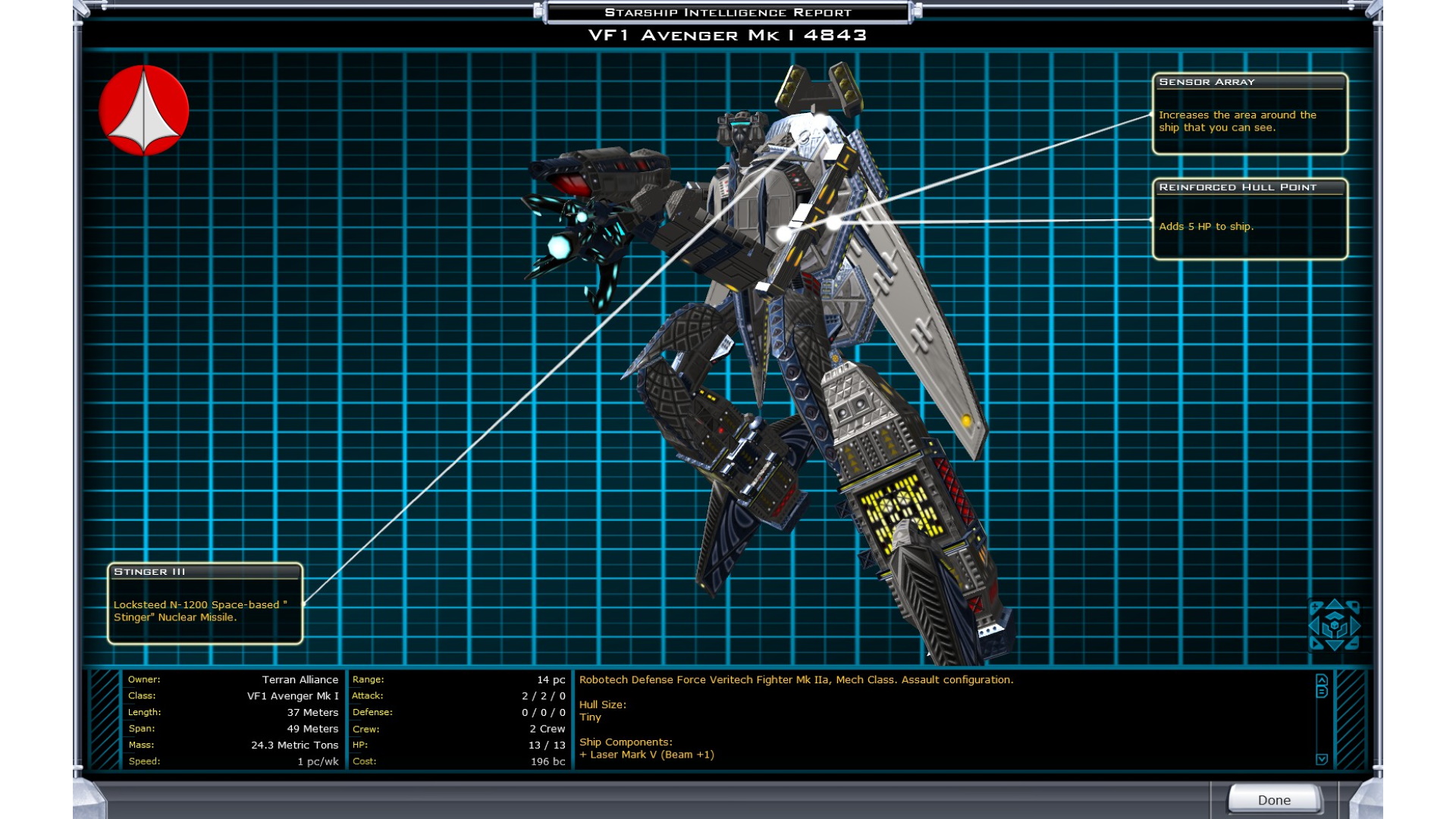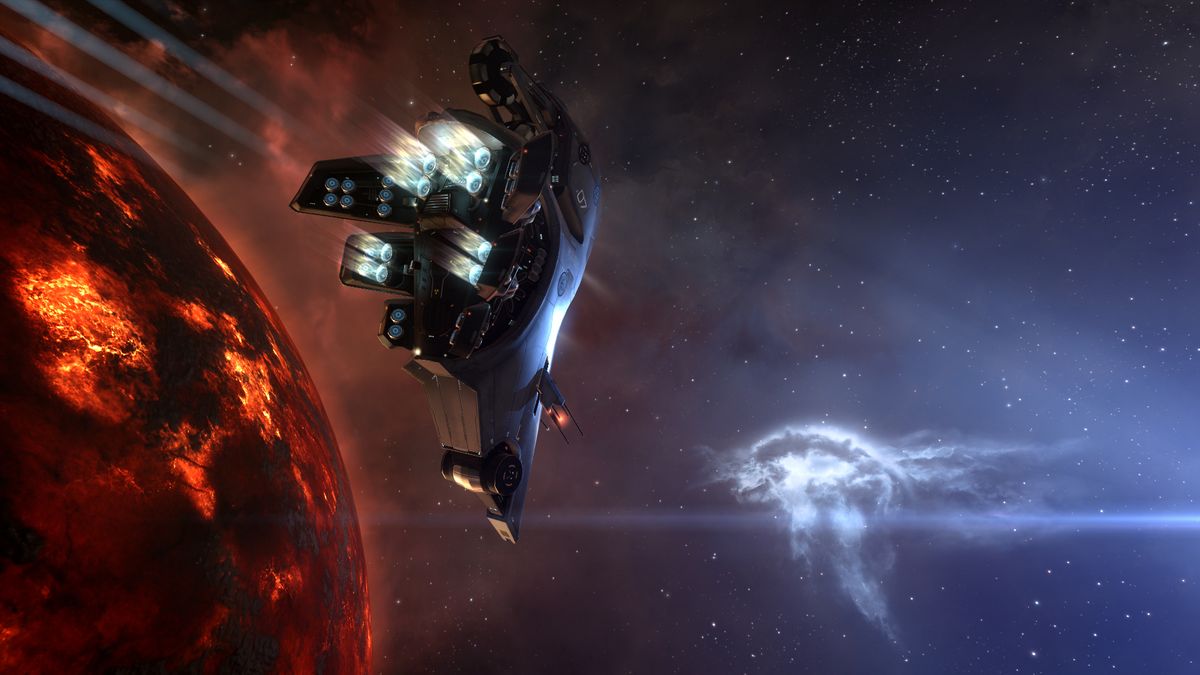

- #3D SPACE SIMULATOR GAMES IN JAVASCRIPT FULL#
- #3D SPACE SIMULATOR GAMES IN JAVASCRIPT SOFTWARE#
- #3D SPACE SIMULATOR GAMES IN JAVASCRIPT CODE#
Our goal is to develop a single AI agent that can flexibly apply its past experience on Universe environments to quickly master unfamiliar, difficult environments, which would be a major step towards general intelligence. You'll need to have Docker and universe installed. Your AI will be given frames like the above 60 times per second.

#3D SPACE SIMULATOR GAMES IN JAVASCRIPT CODE#
The sample code above will start your AI playing the Dusk Drive Flash game. Observation_n, reward_n, done_n, info = env.step(action_n) # agent which presses the Up arrow 60 times per secondĪction_n = for _ in observation_n]

Import universe # register Universe environments into GymĮnv = gym.make('flashgames.DuskDrive-v0') # any Universe environment ID here Hundreds of these are ready for reinforcement learning, and almost all can be freely run with the universe Python library as follows: import gym Today's release consists of a thousand environments including Flash games, browser tasks, and games like slither.io and GTA V.

Universe works by automatically launching the program behind a VNC remote desktop - it doesn't need special access to program internals, source code, or bot APIs. With Universe, any program can be turned into a Gym environment. In April, we launched Gym, a toolkit for developing and comparing reinforcement learning (RL) algorithms.
#3D SPACE SIMULATOR GAMES IN JAVASCRIPT FULL#
We must train AI systems on the full range of tasks we expect them to solve, and Universe lets us train a single agent on any task a human can complete with a computer.Ī sample of Universe game environments played by human demonstrators. Universe allows an AI agent to use a computer like a human does: by looking at screen pixels and operating a virtual keyboard and mouse.
#3D SPACE SIMULATOR GAMES IN JAVASCRIPT SOFTWARE#
And of course, many thanks to Mr Doob for the excellent three.We're releasing Universe, a software platform for measuring and training an AI's general intelligence across the world's supply of games, websites and other applications. Some techniques are inspired by Michael Chang's tutorial of 100,000 stars. There are a lot of helpful people out there. I have found answers to many questions on random places across the internetz, places like StackOverflow or Orbiter Forum. Hop David for vis viva calculation of velocity. Quadratic integrations from Orbiter's documentaion by Martin Schweiger. Bob Braeunig for calculations of Apollo missions trans lunar injection trajectories. 8000" by Michelle Chapront-Touze and Jean Chapront. David Eagle for orbital calculations of the moon, based on "Lunar Tables and Programs From 4000 B.C. Stars coordinates from AstroNexus and Nasa. Planet texture maps are a courtesy of James Hastings-Trew. I learned about calculating positions from orbital elements by reading these documents by Keith Burnett, Paul Schlyter and E M Standish (JPL). Planets orbital elements from Nasa's Jet Propulsion Laboratory. Programming by Martin Vézina, La Grange, 2013-2017.įollow project on Github at Special thanks It is also worth noting that I use the ELP2000-85 theory to compute the Moon's position, which is not the exact same theory used by Nasa to compute its eclipse canon, so that there are small differences in the position of the Moon, particularly for very ancient dates. Please note that I use the Gregorian calendar for all dates, whereas Nasa use the Julian calendar for dates before the Gregorian reform (before ). You can find on the internet the dates of celestial events, for example eclipses or lunar phases, and check if you can observe them in this simulation. This decay is more pronounced in some scenarios. The calculation of these forces is also an approximation using a Quadratic integration, and its precision decays over time. Some scenarios are set to be animated by calculating positions from the orbital elements, but in some cases the velocity of each planet is derived from these calculations so that the positions are no longer calculated from the elements, but from the gravity that is acting between the different bodies. These calculations produce a very good approximation of the positions : you can compare the stars and constellations that you see in the background from other sources, provided that you place the point of view on The Earth. The orbital elements of the planets are used to calculate their original position when picking a date.








 0 kommentar(er)
0 kommentar(er)
